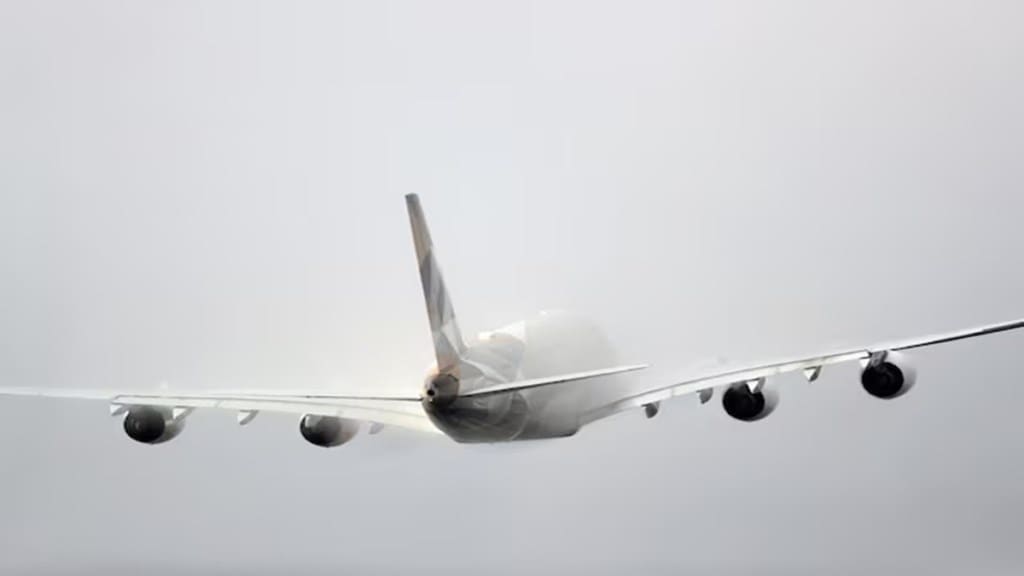Air India has projected losses of around $600 million if Pakistan’s airspace ban persists for a year. In a letter seen by Reuters, the airline urged the Indian government to implement a “subsidy model” to offset the economic impact, which includes higher fuel costs, longer routes, and the need for additional crew. The ban was enforced by Pakistan in retaliation for the recent Pahalgam terror attack in Jammu and Kashmir that claimed 26 lives.
What relief measures are the government considering for airlines?
The Indian Civil Aviation Ministry has begun consultations with Indian carriers to assess the fallout and explore possible relief mechanisms. Among the options being discussed are tax exemptions and alternate overflight routes, possibly closer to Chinese airspace. Air India also requested government assistance in obtaining overflight clearances from Chinese authorities.
The airspace closure compounds Air India’s existing challenges. The airline, which is in the midst of a multi-billion-dollar revamp under Tata Group, reported a net loss of $520 million in FY 2023-24, with revenues of $4.6 billion. Jet delivery delays from Boeing and Airbus have already limited its growth trajectory.
How is the airspace closure impacting the industry?
The closure is affecting the entire Indian aviation sector, particularly on long-haul routes. Air India, IndiGo, and Air India Express together had approximately 1,200 flights scheduled from New Delhi to Europe, North America, and the Middle East in April. These flights now require rerouting, leading to extended durations of up to 1.5 hours.
Weekly losses reach Rs 77 crore
According to PTI, Indian airlines are incurring an additional Rs 77 crore in weekly costs due to rerouted international flights. The monthly operational impact could exceed RS 306 crore, making the situation unsustainable without intervention.
Airlines are required to pay a fee for using another country’s airspace. While India faces no financial loss by shutting its skies to Pakistani aircraft, Pakistan stands to lose crores in overflight fee revenue.
Meanwhile, the Indian government is considering options to reduce the hit to the airline industry from the closure of Pakistan’s airspace, three other people familiar with the matter said.
How would Indian airspace ban impact Pakistani flights?
Pakistan is reportedly incurring significant financial losses following its recent ban on Indian airlines using its airspace. Overflight fees, a key revenue source, have taken a hit, with estimates suggesting a loss of at least $58,000 daily from Boeing 737-class aircraft alone — one of the smaller models operated by Indian carriers. These fees, typically around $580 for a Boeing 737, are based on maximum take-off weight and distance travelled.
However, India operates several larger aircraft like the Boeing 777, which can incur overflight charges ranging from $1,200 to $1,700 per flight due to their higher weight class. With a mix of small and large jets in active international service, Pakistan is now estimated to be losing around $120,000 each day from Indian flights alone.
This is not the first time Islamabad has taken a financial hit from an airspace closure. In 2019, following the Pulwama attack and Balakot strikes, Pakistan closed its airspace for nearly five months, leading to estimated losses of $100 million. Approximately 400 flights were impacted daily. Now, with Pakistan rerouting its own flights over China to avoid Indian airspace, the additional fuel costs and operational complexities are likely to worsen the economic impact.
Pakistan International Airlines’ (PIA) six weekly flights from Islamabad and Lahore to Kuala Lumpur are now being rerouted through Chinese airspace to avoid Indian territory. This detour significantly increases flight duration, as aircraft must navigate around the Tibetan Plateau due to challenging weather and terrain. The new route adds nearly three hours to each journey.
